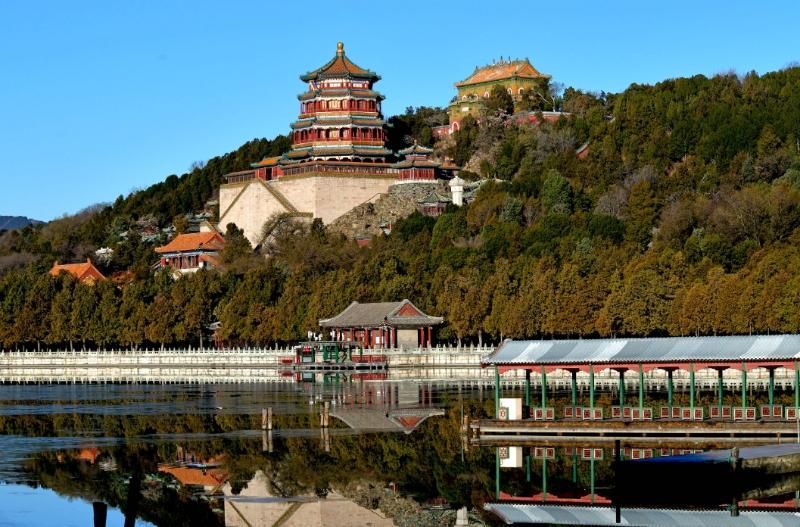What happened to the Summer Palace in China?
The Summer Palace, originally named Qingyi Garden, was a royal garden built by Emperor Qianlong to celebrate the birthday of his mother, Empress Dowager Chongqing. It underwent destruction and looting by the Anglo-French and Eight-Nation Alliance during the Second Opium War, followed by reconstruction and opening during the late Qing Dynasty and the Republic of China period. Eventually, it became a key national cultural relic protection unit and a UNESCO World Heritage Site, attracting countless visitors to experience its historical heritage and garden beauty.

Construction Background:
- Originally named Qingyi Garden, the Summer Palace was built by Emperor Qianlong of the Qing Dynasty to celebrate the birthday of his mother, Empress Dowager Chongqing.
- Construction began in 1750, with Emperor Qianlong using 4.48 million taels of silver for the project. It is located in the western suburbs of Beijing and covers a vast area.
Historical Evolution:
- Qingyi Garden Period: Starting from 1750, as a birthday gift from Emperor Qianlong to his mother, Qingyi Garden became part of the imperial garden, showcasing royal grandeur and exquisite garden artistry.
- Destruction and Reconstruction: In 1860, Qingyi Garden was burned down by the Anglo-French forces during the Second Opium War. Later, in the 14th year of the Guangxu Emperor's reign (1888), Empress Dowager Cixi ordered its reconstruction using funds from the navy and renamed it the Summer Palace as her retreat.
- Further Destruction and Restoration: In 1900, the Summer Palace was once again destroyed during the invasion of the Eight-Nation Alliance. After the fall of the Qing Dynasty, it experienced destruction during the warlord conflicts and the rule of the Kuomintang. Despite this, the Summer Palace gradually underwent restoration and protection.
Major Events:
- The Summer Palace was not only an imperial garden but also an important political and diplomatic center in history. For example, Emperor Guangxu once met with reformists such as Kang Youwei here and planned a series of reforms within the Summer Palace.
- In 1961, the Summer Palace was announced as one of the first batch of key national cultural relic protection units.
- In 1998, the Summer Palace was inscribed on the UNESCO World Heritage List, further confirming its cultural and historical value.
- In recent years, the Summer Palace has become an important tourist attraction in China, attracting a large number of domestic and foreign visitors to experience the charm of traditional Chinese gardens.
In conclusion, as a treasure of Chinese historical culture, the Summer Palace has witnessed the journey of the Chinese nation from glory to humiliation and then to revival. It is not just a beautiful royal garden but also a living historical scroll.
note: This return of all, without the author's permission, may not be reproduced